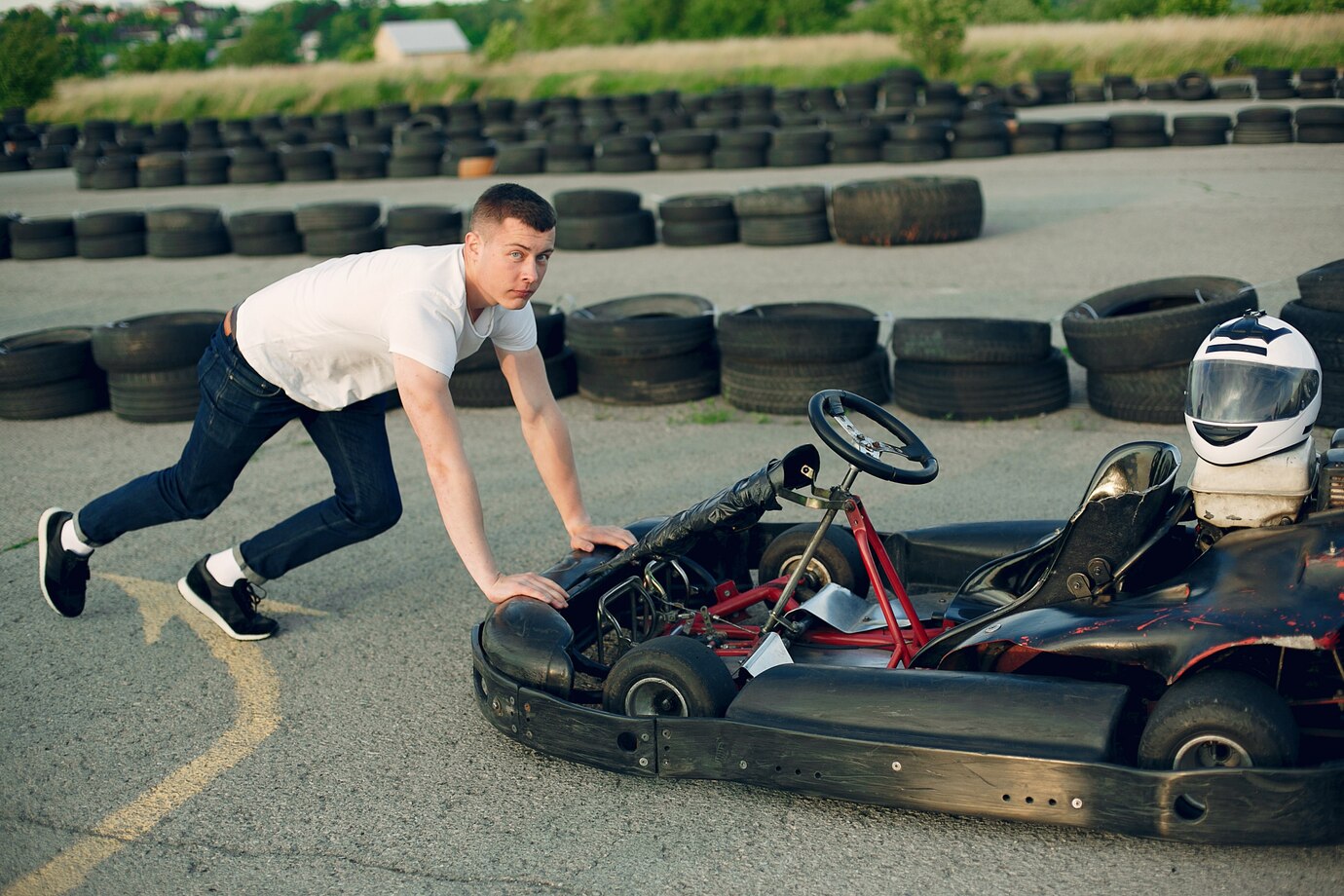Kart racing fitness is not solely reliant on skill behind the wheel; it extends to physical conditioning essential for maintaining peak performance during races. Understanding the significance of training and conditioning in kart racing is paramount for drivers aiming to excel on the track. Through targeted fitness strategies, drivers can optimize their physical abilities and endurance, ensuring they remain competitive throughout races. Training regimens tailored to kart racing involve exercises to enhance strength, endurance, reflexes, and flexibility, addressing the diverse physical demands of the sport. Incorporating cardio workouts, strength training, and agility exercises into one’s routine can significantly improve performance and resilience on the track. Moreover, proper nutrition and hydration are crucial components of kart racing fitness, providing drivers with the energy and focus needed to navigate the challenges of racing.
Understanding the Physical Demands of Kart Racing
Kart racing may appear deceptively simple, but the reality is that it places significant physical demands on drivers. The G-forces experienced during high-speed turns and the need for quick reflexes and precise control require drivers to be in top physical condition. Therefore, incorporating specific training and conditioning routines into your regimen is essential for optimizing your performance on the tra

Developing Strength and Endurance
Strength and endurance are crucial components of kart racing fitness. Building strength in your core, arms, and legs will help you maintain control of the kart and withstand the forces exerted during acceleration, braking, and cornering. Endurance training, such as cardio exercises and circuit training, is equally important for sustaining high performance throughout a race.
Improving Reflexes and Reaction Time
In kart racing, split-second decisions can mean the difference between victory and defeat. Therefore, improving your reflexes and reaction time is paramount. Incorporate drills and exercises that challenge your hand-eye coordination, such as reaction ball drills and visual tracking exercises. Additionally, activities that enhance proprioception and spatial awareness, such as balance exercises and agility drills, can further sharpen your reflexes on the track.
Enhancing Flexibility and Mobility
Flexibility and mobility play a crucial role in kart racing, as drivers need to maintain optimal positioning and movement within the confines of the kart. Incorporate stretching routines and yoga practices into your training regimen to improve flexibility and range of motion in key areas such as the neck, shoulders, hips, and lower back. Enhanced flexibility will not only reduce the risk of injury but also allow for smoother and more precise driving maneuvers on the track.
Nutrition and Hydration for Peak Performance
Proper nutrition and hydration are often overlooked aspects of kart racing fitness but are essential for sustaining energy levels and mental focus during races. Maintain a well-balanced diet rich in complex carbohydrates, lean proteins, and healthy fats to fuel your body for intense racing sessions. Stay hydrated by drinking plenty of water before, during, and after races to prevent dehydration and maintain cognitive function and physical performance.
Rest and Recovery
In the pursuit of peak performance, it’s crucial not to overlook the importance of rest and recovery. Kart racing places significant strain on the body, and adequate rest is necessary to allow for muscle repair and growth. Incorporate rest days into your training schedule and prioritize quality sleep to ensure optimal recovery between races. Additionally, incorporate recovery modalities such as foam rolling, massage, and ice baths to alleviate muscle soreness and enhance recovery.
Conclusion
In conclusion, kart racing fitness is a multifaceted endeavor that encompasses strength, endurance, reflexes, flexibility, and nutrition. By incorporating targeted training and conditioning strategies into your regimen, you can enhance your physical performance on the track and gain a competitive edge over your opponents. Remember to prioritize rest and recovery to maintain longevity in your kart racing career. With dedication and commitment to fitness, you can achieve peak performance and reach your full potential as a kart racer.

